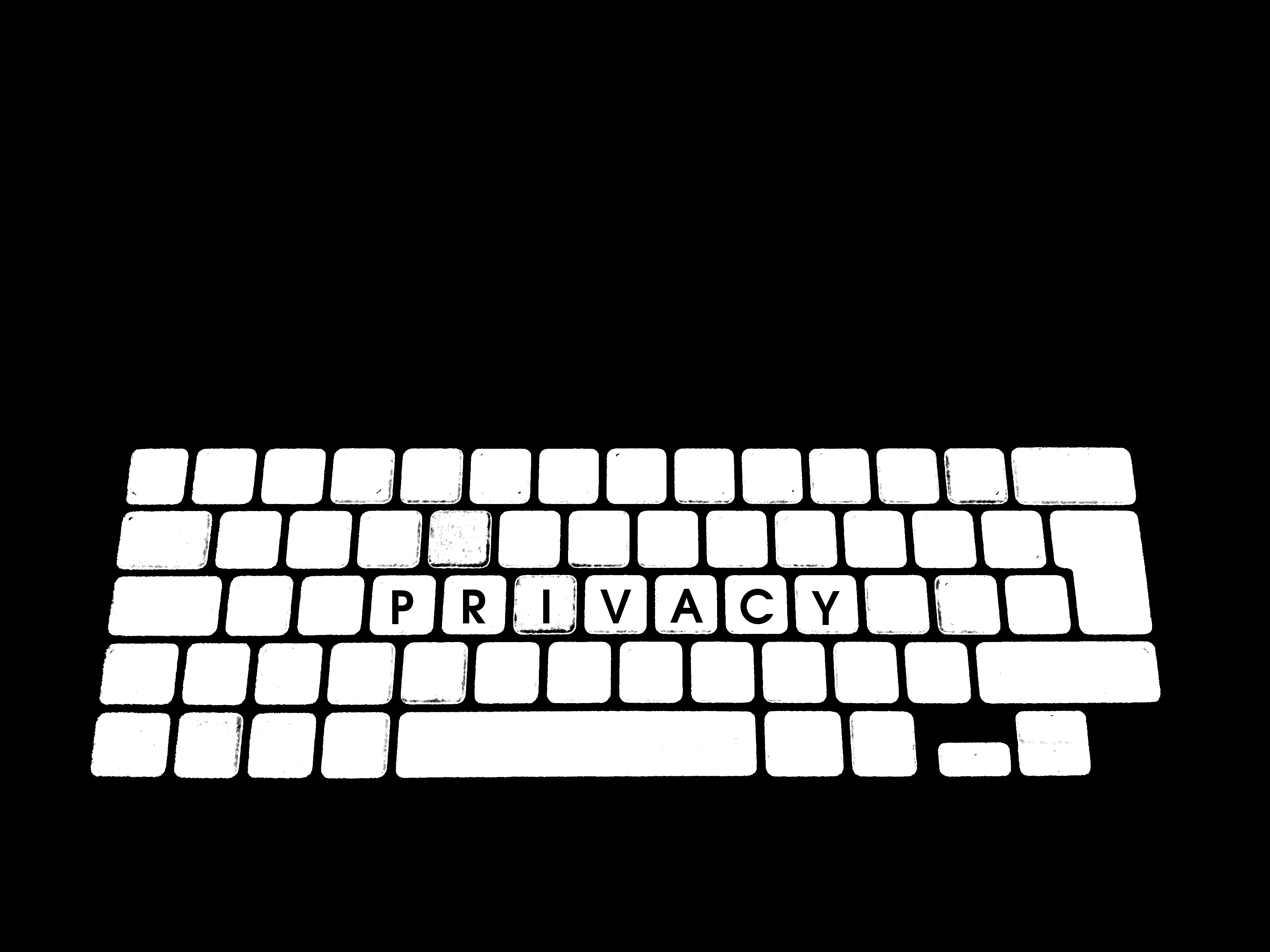Jane Humphreys, Head of Spectrum Policy at the Department of Culture, Media and Sport shares her remarks made at yesterday’s Oxford Media Convention, which consider the choices for using UHF spectrum for both TV and mobile broadband in the UK.
Spectrum is finite – we can’t make more of it, though technology is helping us to get more out of it. The UHF Spectrum below 1GHz is particularly useful as the radiowaves travel miles rather than metres and penetrate buildings. It is very good for television, and it is very good for mobile communications. The challenge is to get the best value for the UK from that spectrum and to manage change well.
Does that mean moving TV and PMSE out of 700MHz? We will know better this year when Ofcom publishes its consultation and CBA, and we develop our business case. If the mid-level growth scenario from Real Wireless for an 80 fold increase in mobile data to 2030 is anywhere near the truth, we will have to find additional frequencies. The 700MHz band would make a big difference as it is globally harmonised, so there would be significant benefits for consumers and operators.
We want DTT to remain competitive with other TV platforms. Today we have 6 national multiplexes operating in 256MHz of spectrum. We also have local TV, and the arrangements for Nimux in Northern Ireland. All of those are important. If we clear the 700MHz band we will re-plan TV into the remaining UHF frequencies which TV already uses, including those in the so-called 600MHz band previously cleared at switchover. Provided that this works, it would clearly be a more efficient use of spectrum. Some viewers may need to change aerials. That is something to look at it in the business case, together with the future needs of PMSE. We will look at where the costs and benefits fall and make sure they are handled fairly.
We know that the broadcasters who invest in the DTT platform are those responsible for commissioning a large proportion of the original UK content. There is a big opportunity for the broadcasters to decide how they want to make all that brilliant content available to viewers in future. In the next 12 years, to the end of the current TV multiplex licences, we can expect superfast broadband to be ubiquitous. Mobile broadband is likely to surpass what today we expect of fixed broadband, and many – perhaps most – people will expect to be able to enjoy TV content wherever they are, at a time of their choosing, on the most convenient screen. That can include a large or small screen receiving transmissions through an aerial fixed to a building from a terrestrial transmitter.
I doubt that we will want to change the policy that says that public service content (however that may be defined) should be free at the point of viewing to everyone. But how that is achieved can and should evolve over time to reflect what technology can offer, what makes economic sense, and what consumers want. We will provide the regulatory framework within which DTT can be part of that future – it is up to the broadcasters to make what they will of that opportunity.
This article gives the views of the author, and does not represent the position of the LSE Media Policy Project blog, nor of the London School of Economics. The text is taken from the author’s talk at the Oxford Media Convention on 26 February 2014.



